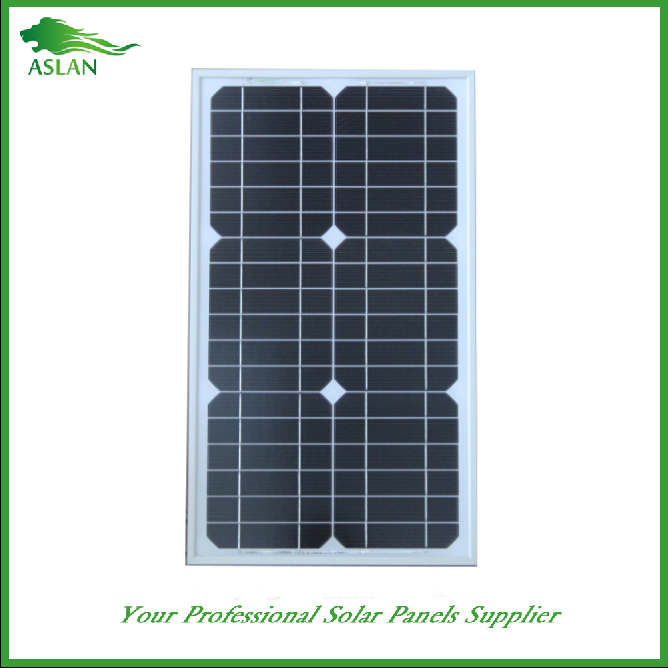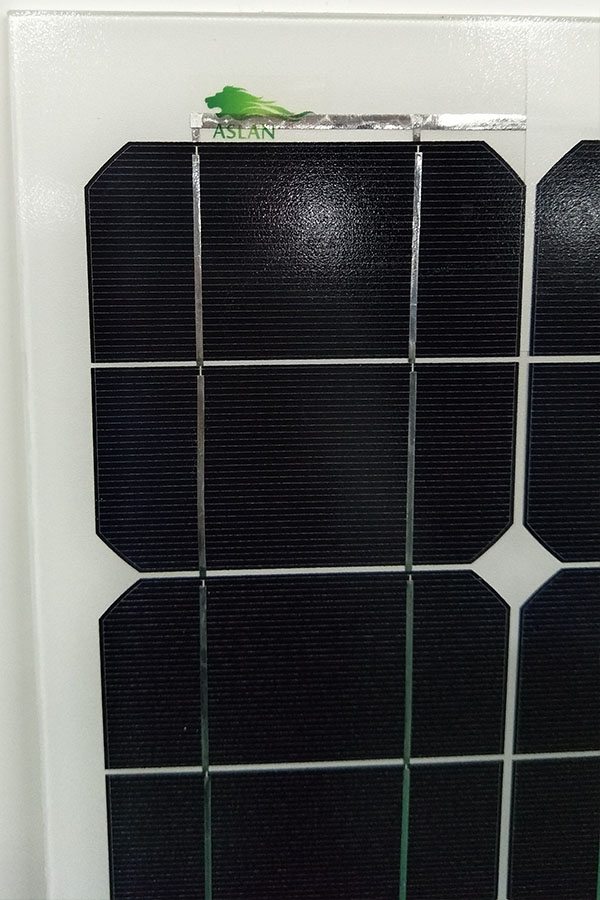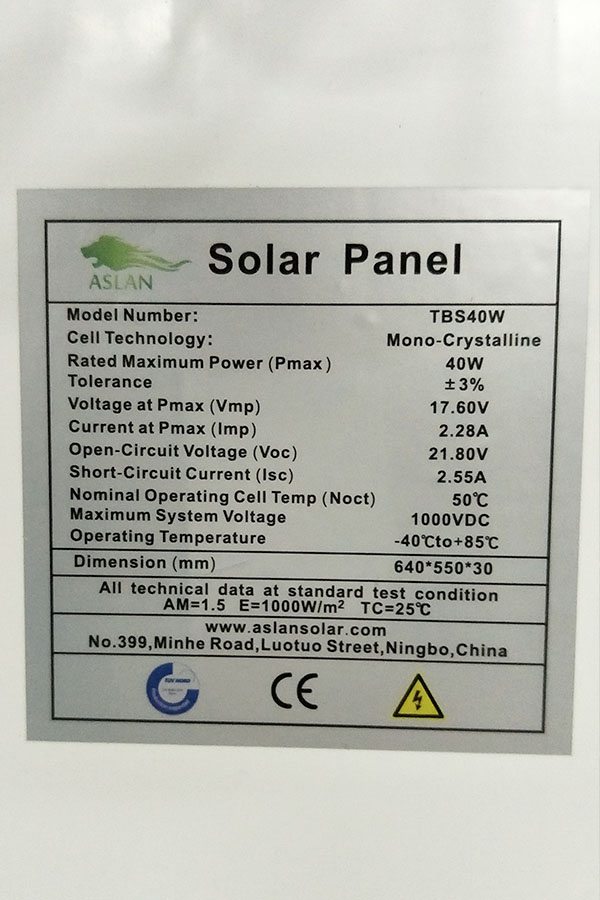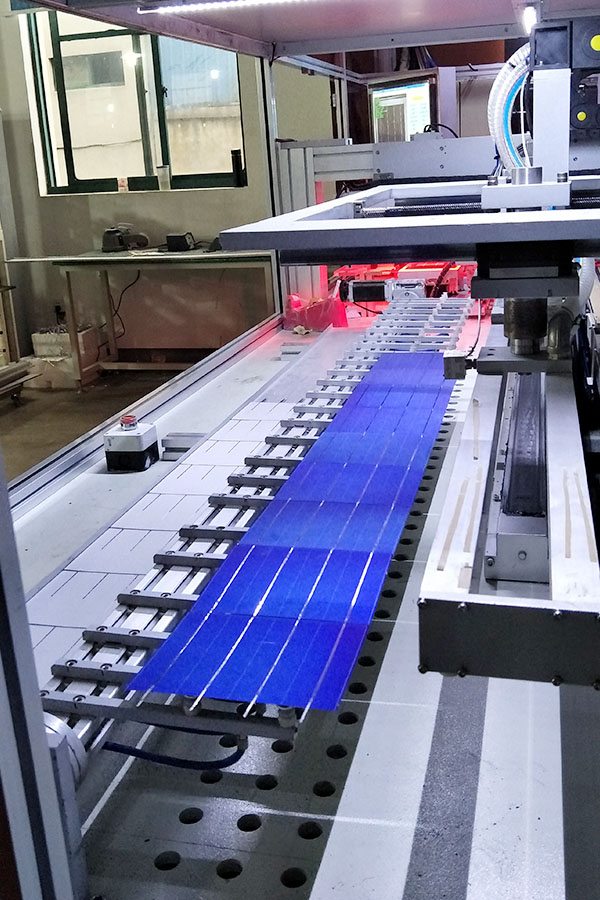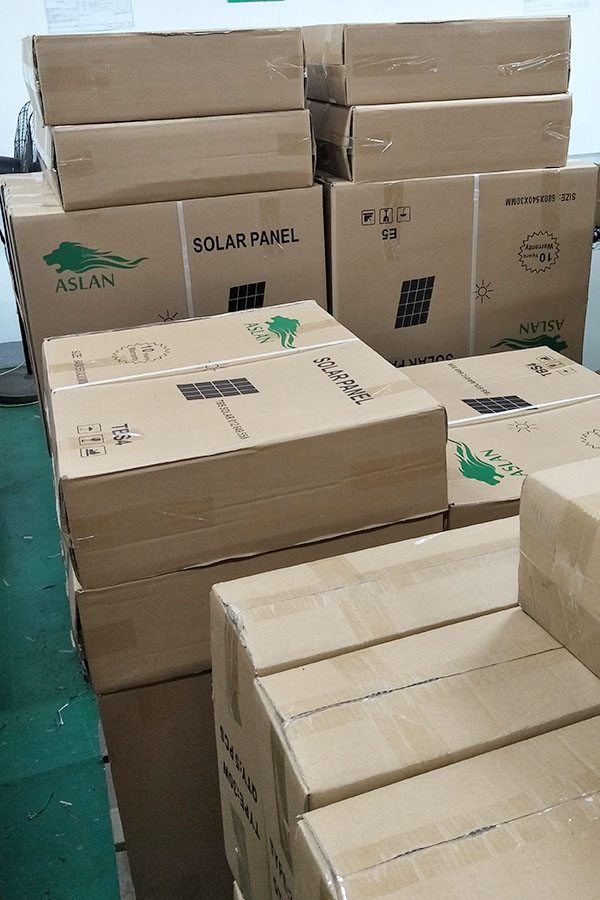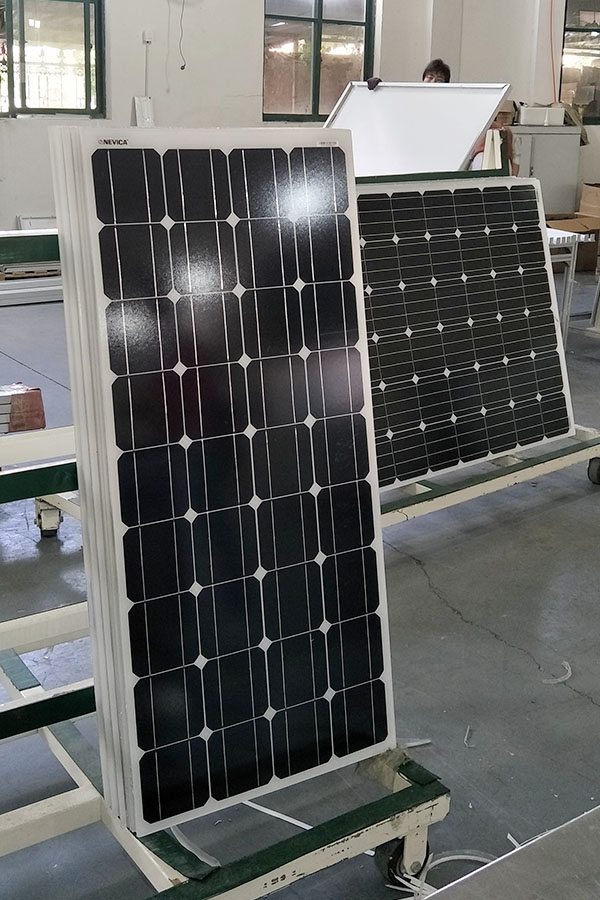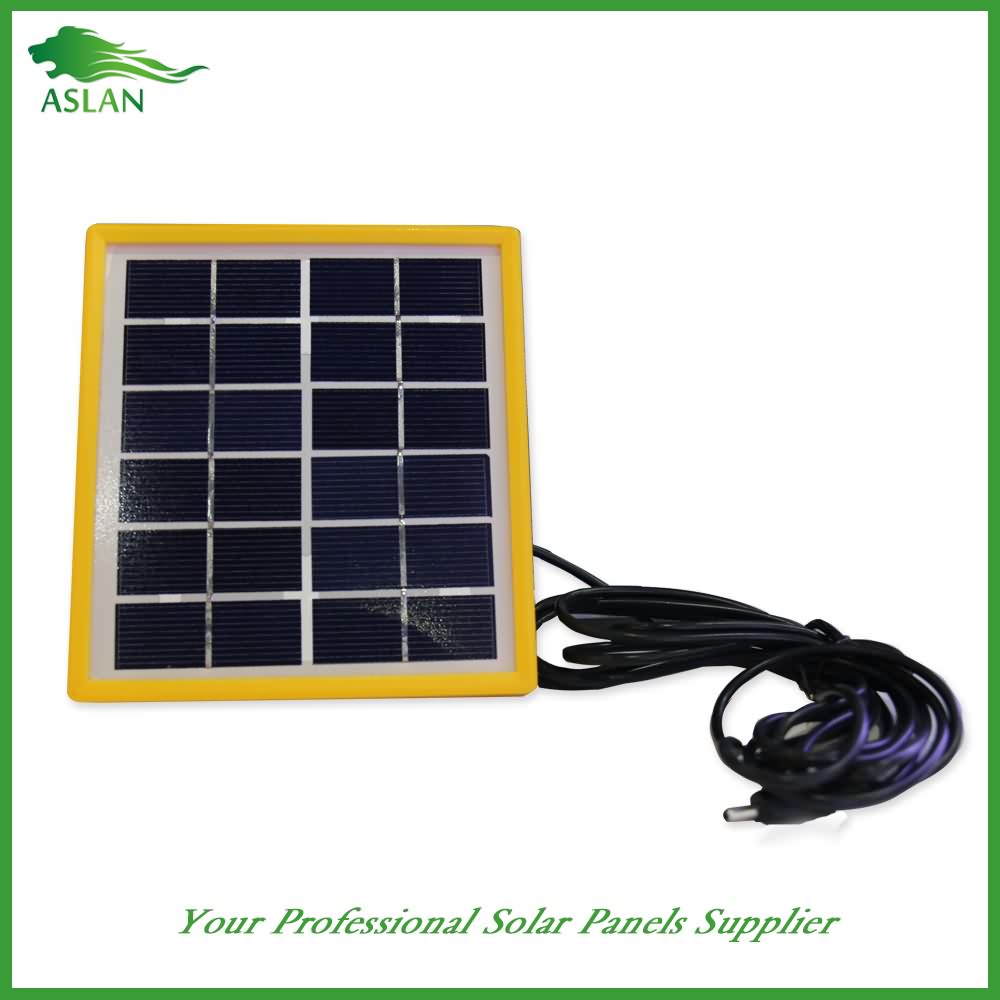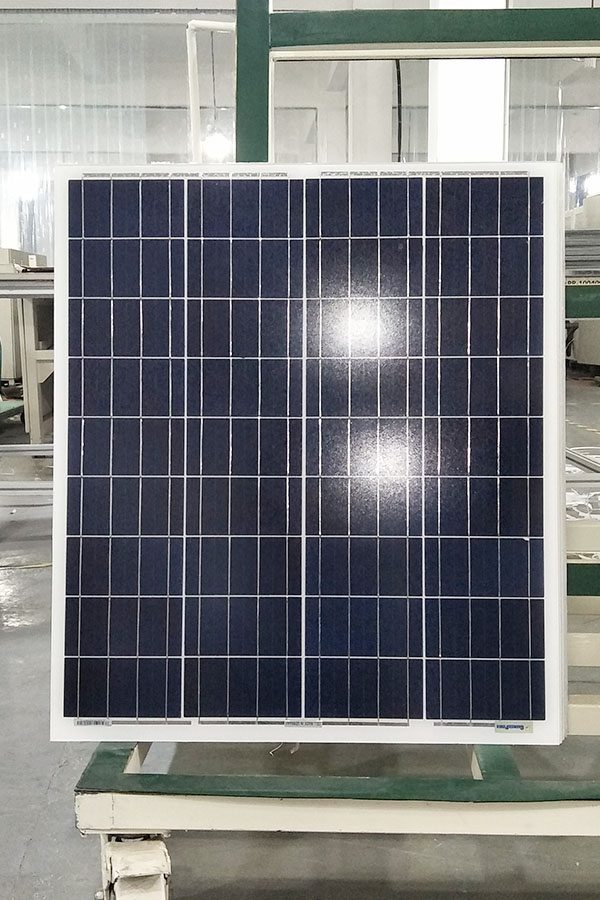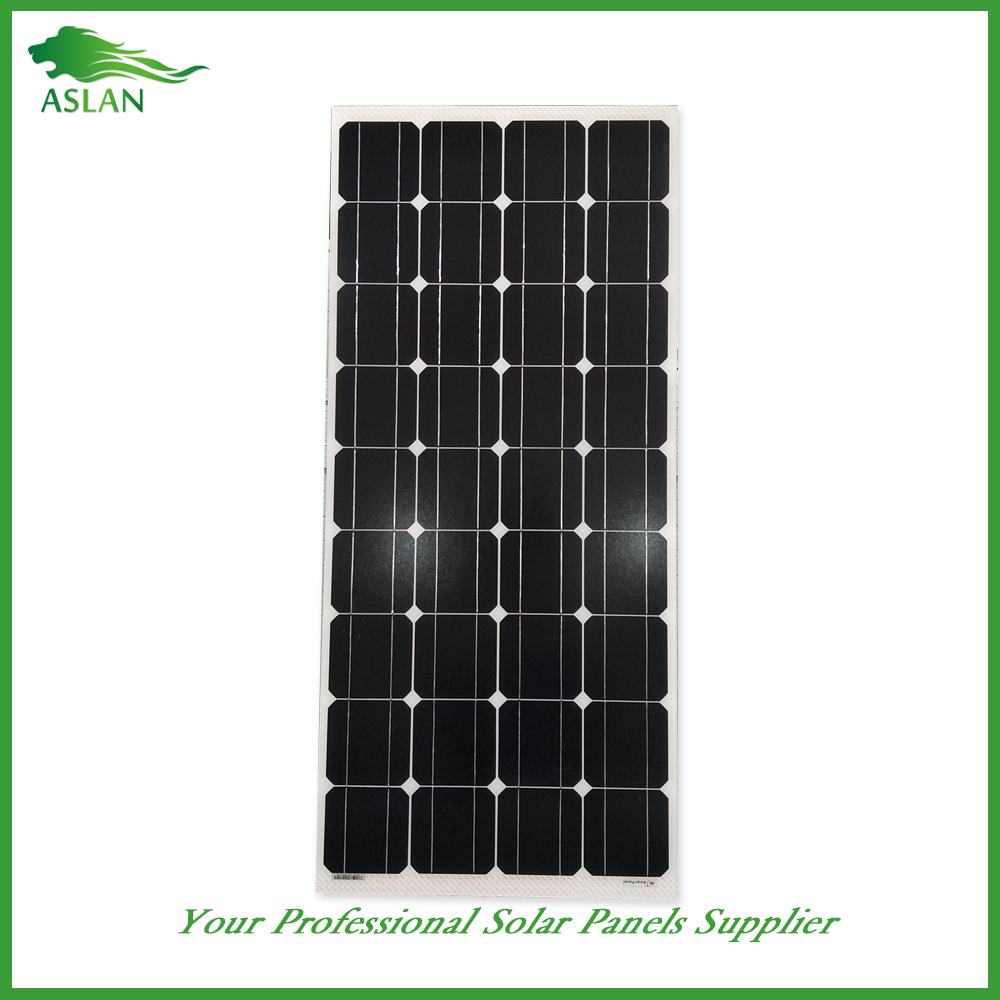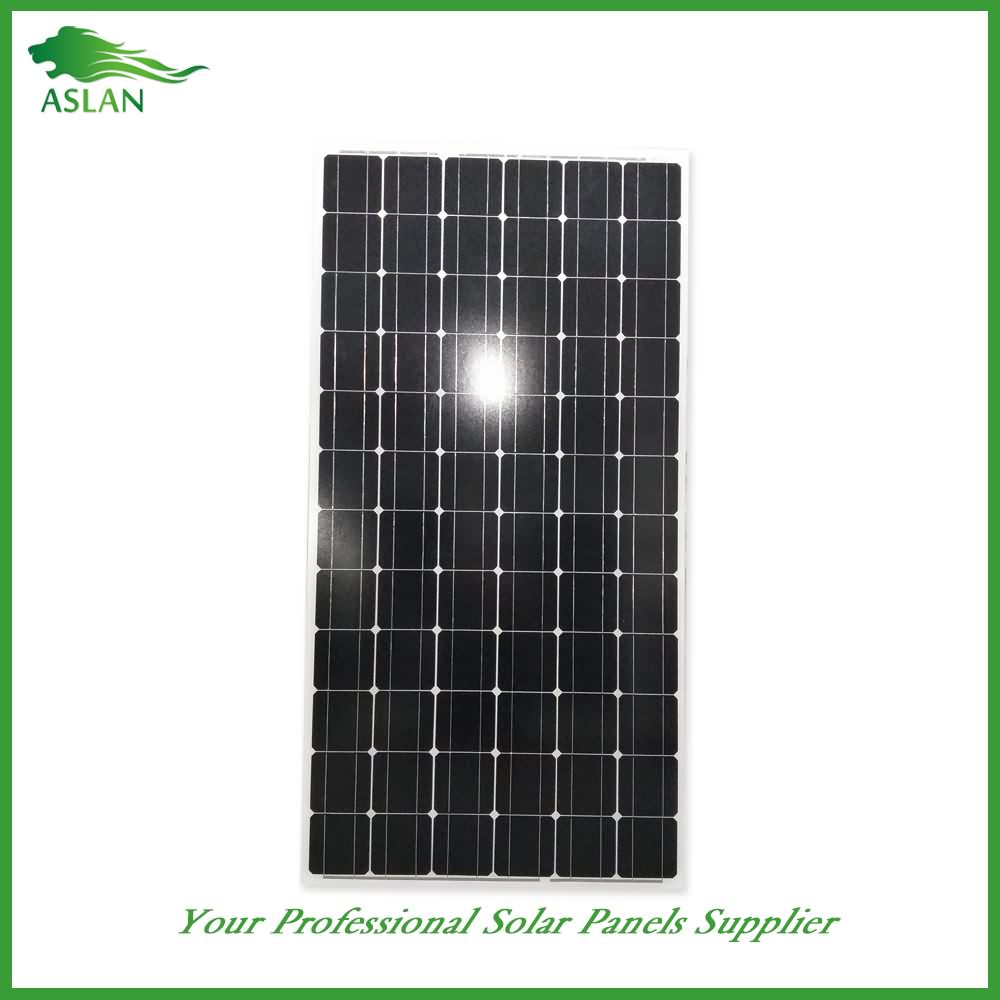12 Years Manufacturer Mono-Crystalline 30W Solar Panel Export to Bolivia
Short Description:
We depend on sturdy technical force and continually create sophisticated technologies to meet the demand of 12 Years Manufacturer Mono-Crystalline 30W Solar Panel Export to Bolivia, We welcome customers, business associations and friends from all parts of the world to contact us and seek cooperation for mutual benefits.
Mono-Crystalline 30W Solar Panel
Technical parameter
Maximum Power(W) 30W
Optimum Power Voltage(Vmp) 17.66V
Optimum Operating Current(Imp) 1.71A
Open Circuit Voltage(Voc) 21.39V
Short Circuit Current(Isc) 1.88A
Mechanical Characteristics
Cell Type Mono-crystalline 125×41.6mm
No of Cell 36 (4x9pcs)
Dimensions 449x554x25mm
Weight 2.8Kg
Front Glass 3.5mm,High Transmission, Low Iron,Tempered Glass
Junction box IP65 Rated
Output Cable TUV 1×4.0mm2/UL12AWG,Length:900mm
Temperature and Coefficients
Operating Temperature(°C): -40°C ~ + 85°C
Maximum System Voltage: 600V(UL)/1000V(IEC) DC
Maximum Rated Current Series: 15A
Temperature Coefficients of Pmax: -0.47%
Temperature Coefficients of Voc: -0.389%
Temperature Coefficients of Isc: 0.057%
Nominal Operationg Cell Temperature (NOCT): 47+/-2°C
Materials of solar panel
1).Solar Cell——Mono-crystalline solar cell 125*41.6mm
2).Front Glass——-3.2mm, high transmission, low iron, tempered glass
3).EVA——-excellent anti-aging EVA
4).TPT——-TPT hot seal made of flame resistance
5).Frame——anodized aluminum profile
6).Junction Box——-IP65 rated, high quality, with diode protection
Superiority: high quality anodized aluminum frame, high efficiency long life, easy installation, strong wind resistance, strong hail resistance.
Features
1. High cell efficiency with quality silicon materials for long term output stability
2. Strictly quality control ensure the stability and reliability, totally 23 QC procedures
3. High transmittance low iron tempered glass with enhanced stiffness and impact resistance
4. Both Poly-crystalline and Mono-crystalline
5. Excellent performance in harsh weather
6. Outstanding electrical performance under high temperature and low irradiance
Quality assurance testing
Thermal cycling test
Thermal shock test
Thermal/Freezing and high humidity cycling test
Electrical isolation test
Hail impact test
Mechanical, wind and twist loading test
Salt mist test
Light and water-exposure test
Moist carbon dioxide/sulphur dioxide
Paul Blom 2013-2014 Seminar Series
January 22, 2014
In solar cells, free charge carriers can recombine both via bimolecular (Langevin) and trap-assisted recombination (Shockley-Read-Hall). Trap-assisted recombination of electrons and holes is governed by capture coefficients that are thermally activated with an identical activation energy as measured for the hole mobility μp. To elucidate which recombination mechanism is dominant in organic solar cells, we investigated Charge-transfer (CT) state electroluminescence in several polymer:fullerene bulk heterojunction solar cells. The ideality factor of the electroluminescence reveals that the CT emission in polymer:fullerene solar cells originates from free-carrier bimolecular recombination at the donor-acceptor interface, rather than a charge trap-mediated process. These results are in agreement with measurements of the illumination-intensity dependence of the open-circuit voltage.
พิกัดข่าวทั่วไทย : ทิ้งร้างแผงโซลาเซลบนเกาะลิบง ชาวบ้านวอนกระทรวงพลังงานช่วยปรับปรุงให้ใช้งานได้ “NOW26″ 28-03-60
—————————————-———
website : http://www.now26.tv
facebook : https://www.facebook.com/NOW26TV
twitter : https://twitter.com/NOW26_ktnews
google+ : https://plus.google.com/+Now26Tv
youtube : http://www.youtube.com/user/NOWTV26
